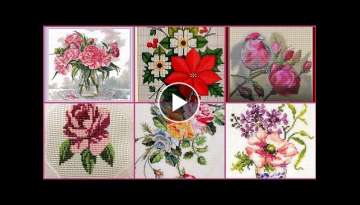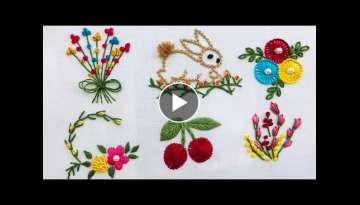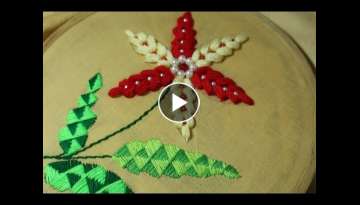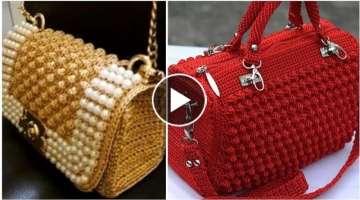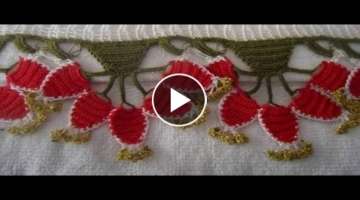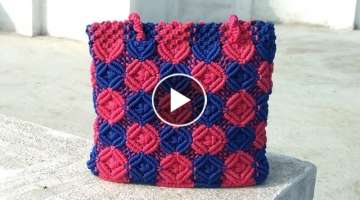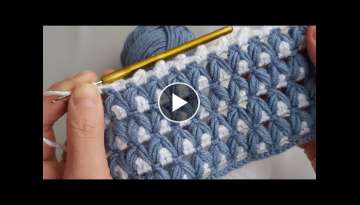Crochet bodycon dresses ideas | Free crochet pattern Crochet Bodycon Dress/Top | Crochet bobycon
Crochet bodycon dresses ideas | Free crochet pattern Crochet Bodycon Dress/Top | Crochet bobycon
Crochet is a process of creating textiles by using a crochet hook to interlock loops of yarn, thread, or strands of other materials. The name is derived from the French term crochet, meaning 'small hook'. Hooks can be made from a variety of materials, such as metal, wood, bamboo, or plastic.Crochet uses a single hook to hook the loops together directly on the piece. It is this major difference that makes crochet much easier to work with than knitting. For beginners who seek convenience and versatility, we suggest crochet. The tools and techniques are minimized, and, therefore, slightly more accessible.There are six main types of basic stitches (the following description uses US crochet terminology which differs from the terminology used in the UK and Europe). Chain stitch – the most basic of all stitches and used to begin most projects. Slip stitch – used to join chain stitch to form a ring.Single crochet stitch (called double crochet stitch in the UK) – easiest stitch to master (see single crochet stitch tutorial) Half-double crochet stitch (called half treble stitch in the UK) – the 'in-between' stitch (see half-double crochet tutorial) Double crochet stitch (called treble stitch in the UK) (yarn over once) – many uses for this unlimited use stitch (see double crochet stitch tutorial) Treble (or triple) crochet stitch (called double treble stitch in the UK) (yarn over twice) While the horizontal distance covered by these basic stitches is the same, they differ in height and thickness.The more advanced stitches are often combinations of these basic stitches, or are made by inserting the hook into the work in unusual locations. More advanced stitches include the shell stitch, V stitch, spike stitch, Afghan stitch, butterfly stitch, popcorn stitch, cluster stitch, and crocodile stitch.One of the more obvious differences is that crochet uses one hook while much knitting uses two needles. In most crochet, the artisan usually has only one live stitch on the hook (with the exception being Tunisian crochet), while a knitter keeps an entire row of stitches active simultaneously. Dropped stitches, which can unravel a knitted fabric, rarely interfere with crochet work, due to a second structural difference between knitting and crochet. In knitting, each stitch is supported by the corresponding stitch in the row above and it supports the corresponding stitch in the row below, whereas crochet stitches are only supported by and support the stitches on either side of it. If a stitch in a finished crocheted item breaks, the stitches above and below remain intact, and because of the complex looping of each stitch, the stitches on either side are unlikely to come loose unless heavily stressed. Round or cylindrical patterns are simple to produce with a regular crochet hook, but cylindrical knitting requires either a set of circular needles or three to five special double-ended needles. Many crocheted items are composed of individual motifs  which are then joined together, either by sewing or crocheting, whereas knitting is usually composed of one fabric, such as entrelac.Freeform crochet is a technique that can create interesting shapes in three dimensions because new stitches can be made independently of previous stitches almost anywhere in the crocheted piece. It is generally accomplished by building shapes or structural elements onto existing crocheted fabric at any place the crafter desires.Knitting can be accomplished by machine, while many crochet stitches can only be crafted by hand. The height of knitted and crocheted stitches is also different: a single crochet stitch is twice the height of a knit stitch in the same yarn size and comparable diameter tools, and a double crochet stitch is about four times the height of a knit stitch.While most crochet is made with a hook, there is also a method of crocheting with a knitting loom. This is called loomchet.[24] Slip stitch crochet is very similar to knitting. Each stitch in slip stitch crochet is formed the same way as a knit or purl stitch which is then bound off. A person working in slip stitch crochet can follow a knitted pattern with knits, purls, and cables, and get a similar result.It is a common perception that crochet produces a thicker fabric than knitting, tends to have less "give" than knitted fabric, and uses approximately a third more yarn for a comparable project than knitted items. Although this is true when comparing a single crochet swatch with a stockinette swatch, both made with the same size yarn and needle/hook, it is not necessarily true for crochet in general. Most crochet uses far less than 1/3 more yarn than knitting for comparable pieces, and a crocheter can get similar feel and drape to knitting by using a larger hook or thinner yarn. Tunisian crochet and slip stitch crochet can in some cases use less yarn than knitting for comparable pieces.

Facebook Comments
